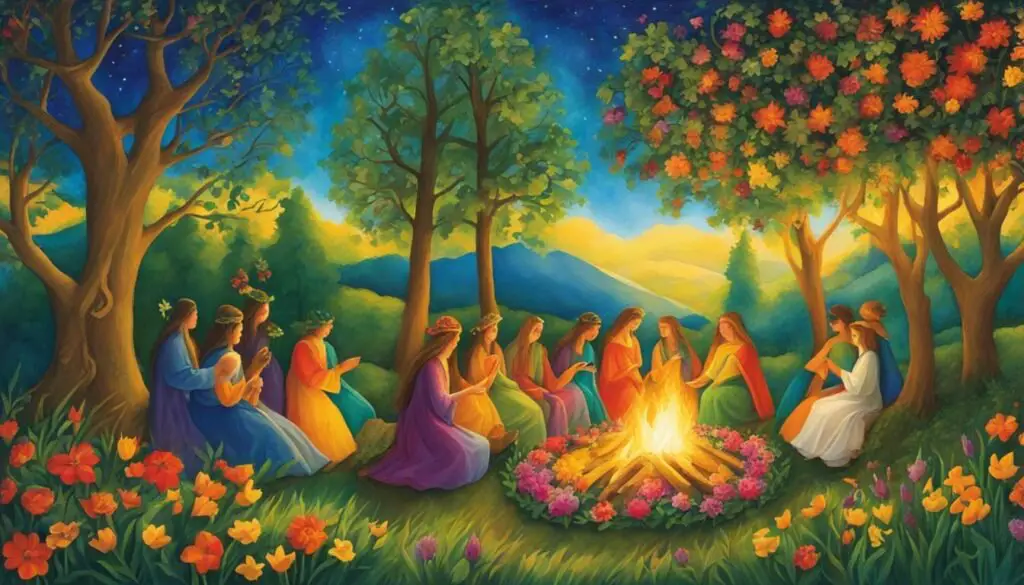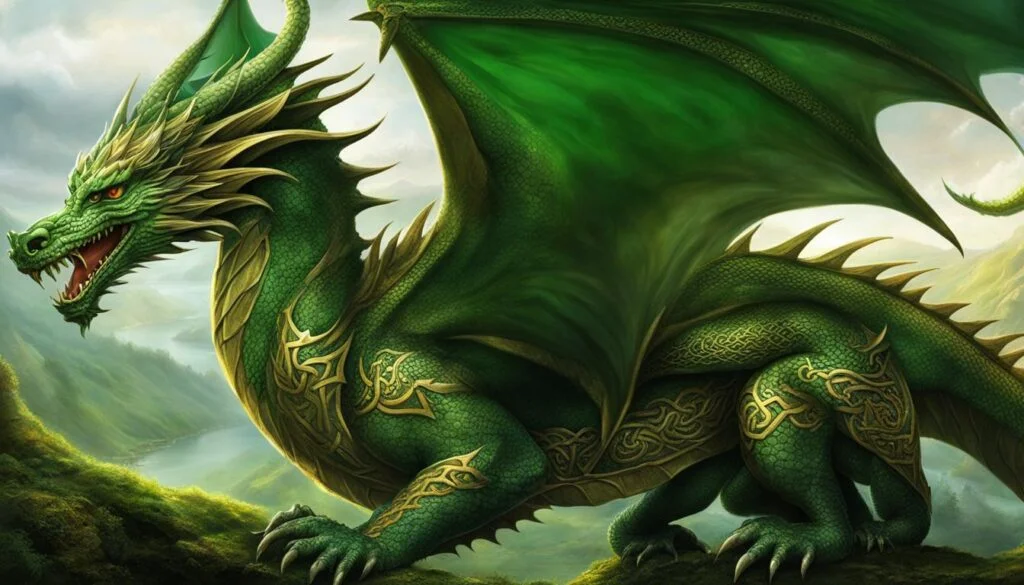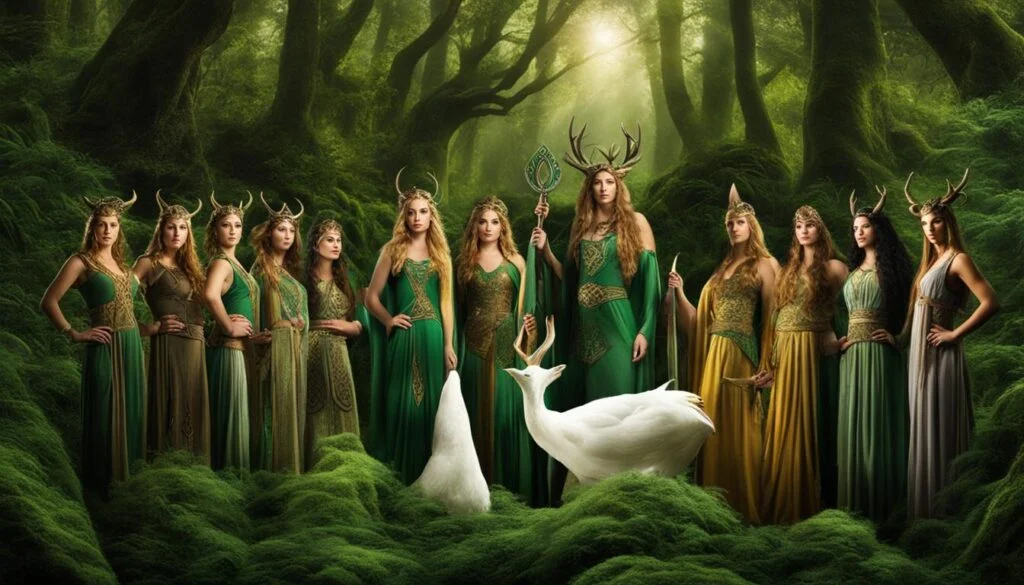Celtic festivals have a rich history that spans centuries. These ancient celebrations were deeply ingrained in Celtic traditions and culture, marking important seasonal and agricultural events throughout the year.
From the beginning of spring to the end of the harvest, Celtic festivals celebrated the changing seasons and the cycles of nature. Harvest festivals, such as Imbolc, Beltane, Lughnasadh, and Samhain, held immense cultural significance for the Celts.
These festivals were closely tied to the agricultural calendar, honoring the hard work of farmers and giving thanks for the abundance of the land.
They were celebrated with vibrant rituals, ceremonies, and festivities that showcased the importance of seasonal events and the interconnectedness of all living beings with the natural world.
Join us on a journey exploring the fascinating world of Celtic festivals, their cultural significance, and the traditions that continue to be celebrated to this day.
Key Takeaways:
- Celtic festivals honor important seasonal and agricultural events throughout the year.
- These festivals are deeply rooted in Celtic traditions and culture.
- They celebrate the changing seasons and the cycles of nature.
- Harvest festivals hold great cultural significance and showcase the hard work of farmers.
- Celtic festivals highlight the interconnectedness of humans and the natural world.
Imbolc Celtic Festival – The Beginning of Spring
Imbolc is a Celtic festival that marks the beginning of spring. It is usually celebrated on February 1st in the Northern hemisphere and August 1st in the Southern hemisphere.
Imbolc is a time when the first signs of spring start to appear, and it is associated with the goddess Brigid. The festival is traditionally celebrated with rituals involving hearth fires, special foods, divination, and the watching for omens.
Imbolc is a time of purification and new beginnings, and it heralds the arrival of the lighter and warmer days of spring.
Traditions and Celebrations
During Imbolc, Celtic communities come together to celebrate the awakening of the earth after the long winter.
The festival is marked by various traditions and celebrations that honor the changing seasons and offer gratitude for the abundance of nature.
- Hearth Fires: Lighting hearth fires symbolizes the return of warmth and light. It signifies the end of winter and the beginning of a new cycle.
. - Special Foods: People prepare and share special foods during Imbolc, such as dairy products, bread, and spiced cakes. These foods represent the nourishment and sustenance provided by the earth.
. - Divination: Divination rituals and practices are common during Imbolc. People seek guidance and insights for the coming year, looking beyond the darkness of winter towards the promise of a brighter future.
. - Watching for Omens: Imbolc is a time when people pay close attention to signs and symbols from nature. The observation of birds, the behavior of animals, and the patterns of the elements are believed to bring messages and indications of what lies ahead.
Imbolc is a joyous celebration that brings communities together in the spirit of renewal and hope.
It is a time to honor the cycles of nature and embrace the upcoming season of growth and abundance.
Beltane Celtic Festival – The Beginning of Summer
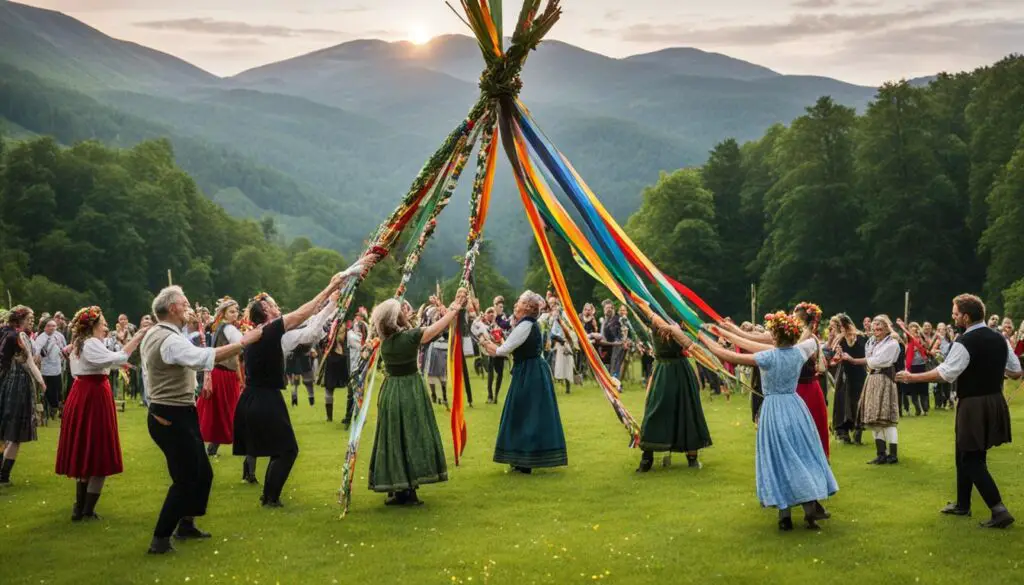
Beltane is a Celtic festival that marks the beginning of summer. It is a time of joy and celebration as nature bursts into full bloom.
Typically celebrated on May 1st in the Northern hemisphere and October 31st in the Southern hemisphere, Beltane is steeped in ancient traditions and customs.
During the Beltane festival, bonfires are lit to symbolize the power of the sun and to bring luck and fertility to the land.
People come together to decorate doorways with flowers, creating a vibrant and colorful atmosphere.
Dancing and singing are central to the celebrations, with traditional music filling the air.
Feasting is an important part of Beltane, with special foods prepared to honor the abundance of the season.
It is a time to indulge in delicious treats and come together as a community to share in the bountiful harvest.
Beltane is seen as a bridge between the spring and summer seasons, a time of transition and rebirth.
It celebrates fertility, growth, and the beauty of the natural world. The festival fills the air with joy and excitement, setting the stage for the long and sunny days of summer that lie ahead.
Summer Solstice – The Midpoint of Summer
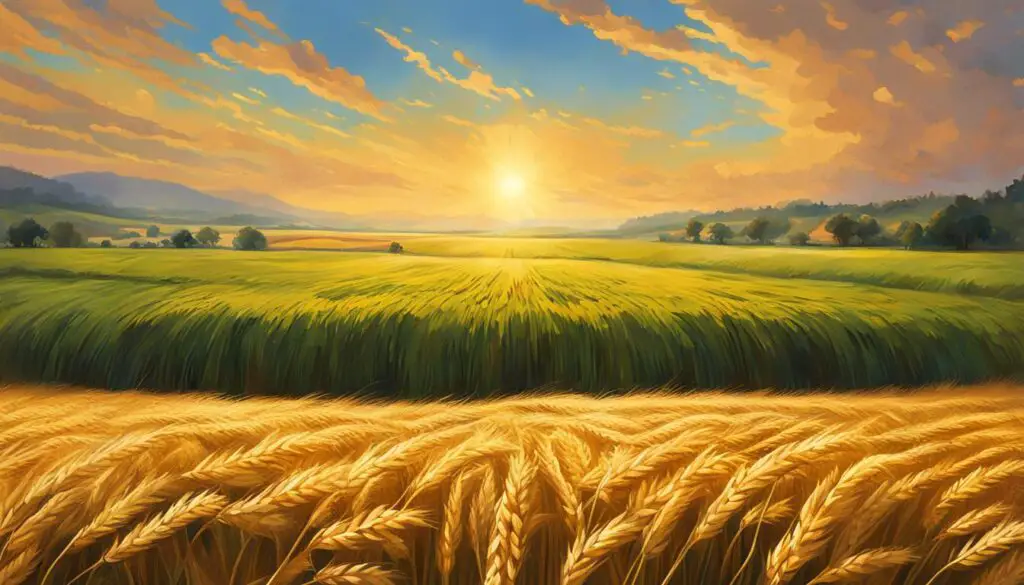
The Summer Solstice is a highly anticipated event in the Celtic calendar as it marks the midpoint of summer, symbolizing the triumph of light over darkness.
It is celebrated with great enthusiasm and joy as it represents the peak of the sun’s power and the abundance of nature.
Observed on June 21st or 22nd in the Northern hemisphere and December 21st or 22nd in the Southern hemisphere, the Summer Solstice is a time when the day is longest and the night is shortest.
It holds immense significance in Celtic culture, where it is commemorated as a vibrant Celtic festival.
During this festive occasion, Celtic communities come together to indulge in various traditions and celebrations, honoring the midpoint of summer.
Rituals, bonfires, and colorful festivities are organized to emphasize the vitality of nature and the joy associated with the season.
Traditions and Celebration
- The lighting of bonfires is a common tradition during the Summer Solstice celebration. These bonfires symbolize purification, renewal, and the power of the sun.
. - Communities gather to enjoy feasts and share in the abundance of nature, appreciating the bountiful harvest that comes with the season.
. - Rituals and ceremonies are held to pay homage to the sun and its life-giving energy. It is a time to express gratitude for the warmth and light that nurture crops, sustain life, and bring joy to the world.
. - Music, dancing, and singing are integral parts of the festivities, reflecting the vibrant energy and liveliness of summer.
. - During the Summer Solstice, individuals often engage in outdoor activities and spend time in nature to fully immerse themselves in the season’s beauty.
The celebration of the Summer Solstice is a cherished tradition that underscores the connection between humans and the natural world.
By honoring the midpoint of summer, Celtic communities embrace the warmth, vitality, and abundance of the season while rejoicing in the power of light.
Lughnasadh Celtic Festival – The Beginning of the Harvest
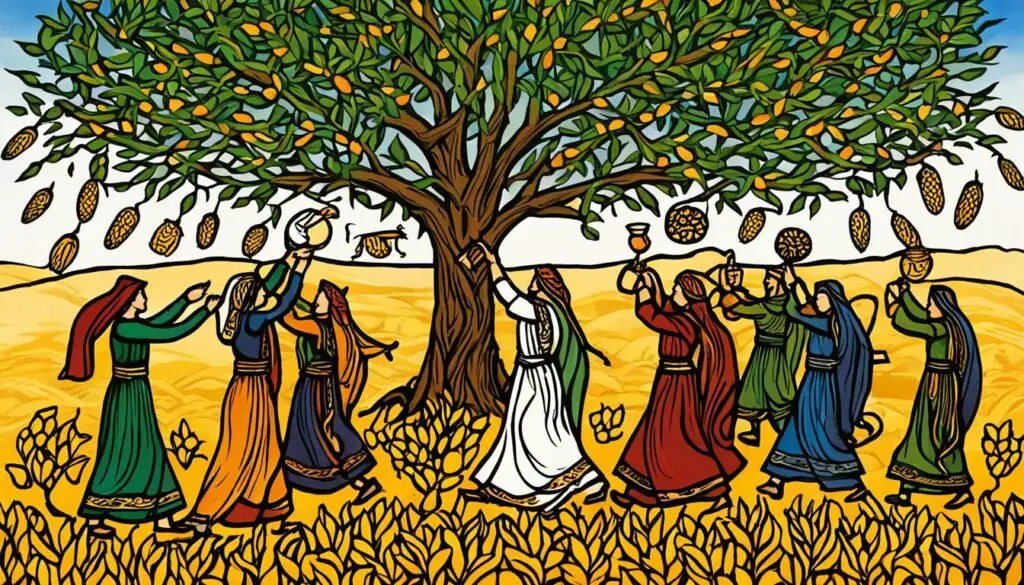
Lughnasadh is a Celtic festival that holds great significance as it marks the beginning of the harvest season.
Celebrated on August 1st in the Northern hemisphere and February 1st in the Southern hemisphere, Lughnasadh pays homage to the god Lugh, known for his mastery in craftsmanship, agriculture, and skill.
This festival serves as a time of gratitude and appreciation for the bountiful gifts of nature and the hard work that goes into the agricultural cycle.
During Lughnasadh, Celtic communities engage in various rituals, feasting, and games that showcase the abundance of the harvest.
The festivities are filled with joyous celebration, as people gather together to commemorate the first fruits of their labor.
It is a time when the community comes alive with the vibrant colors and flavors of the harvest, fostering a sense of unity and shared prosperity.
As the Celtic tradition of Lughnasadh continues to be embraced, communities experience a deep connection to the land and the rhythms of nature.
The festival showcases the interdependence between the people and the environment, emphasizing the importance of honoring and preserving the delicate balance that sustains life.
Autumnal Equinox – The Balance of Light and Dark
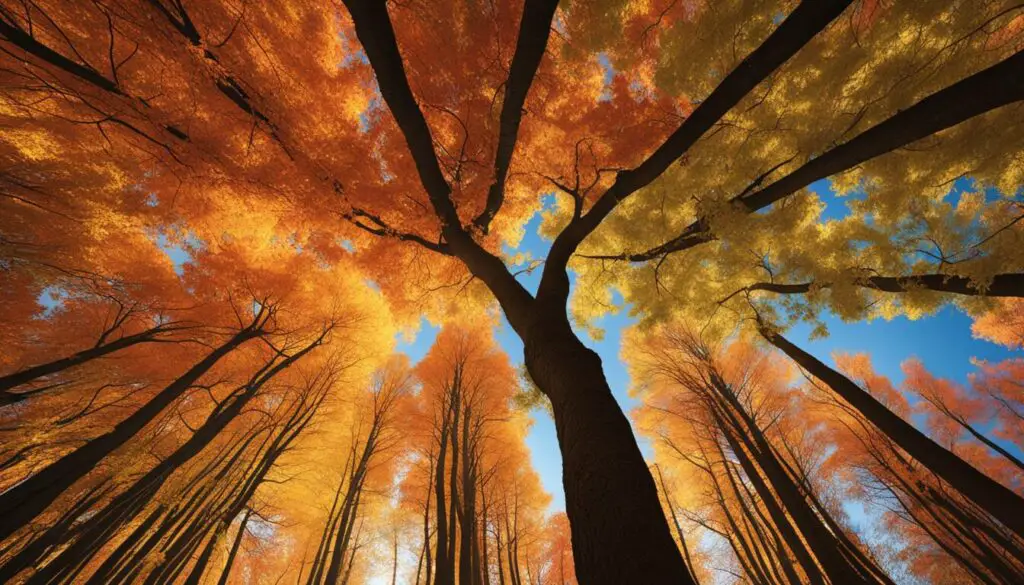
The Autumnal Equinox is a significant Celtic festival that symbolizes the delicate balance between light and dark as nature transitions into the enchanting season of autumn.
Celebrated on September 21st or 22nd in the Northern Hemisphere and March 20th or 21st in the Southern Hemisphere, this festival holds deep cultural and traditional importance for Celtic communities.
During the Autumnal Equinox, the days gradually become shorter and the nights grow longer, marking the shift from the vibrant energy of summer to the introspective essence of autumn.
This pivotal moment prompts reflection on the cyclical nature of life and offers an opportunity to appreciate the beauty of change.
With its rich traditions and customs, the Autumnal Equinox is a time of celebration and reverence for nature’s abundant gifts.
People honor this festival through ancient rituals and ceremonies that focus on the harvest and the changing colors of the leaves.
During this festival, offerings of first fruits are made, symbolizing gratitude for the bountiful harvest and the sustenance it provides for communities.
The vibrant hues of red, orange, and gold adorning the landscapes are praised and admired as reminders of nature’s artistic brilliance.
The Autumnal Equinox invites individuals to connect with the cycles of nature, appreciate the balance of light and dark, and prepare for the colder months ahead.
Through its traditions and celebrations, this Celtic festival reaffirms our deep connection with the Earth and the importance of honoring the rhythms of life.
Samhain Celtic Festival – The End of the Harvest
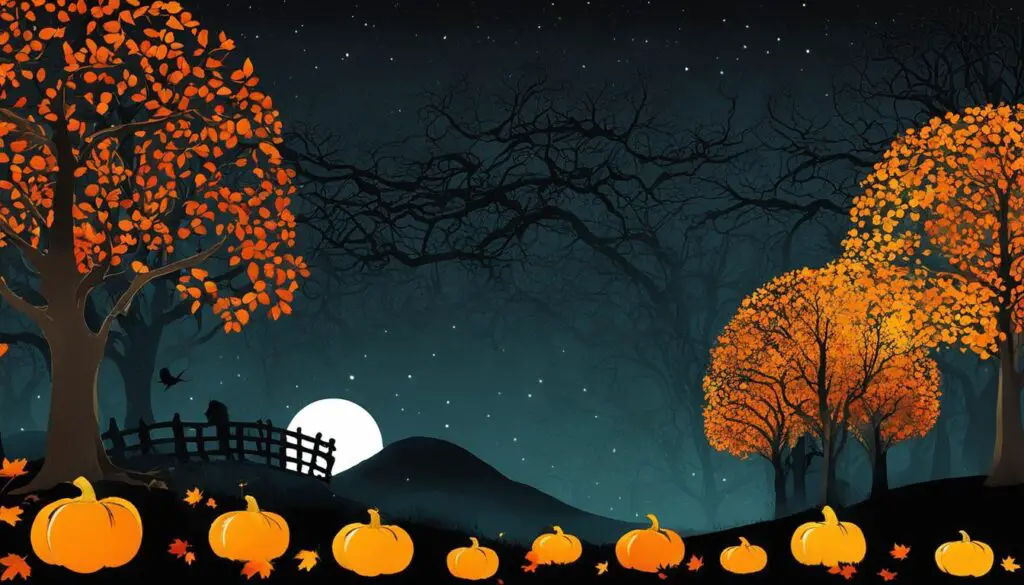
Samhain is a Celtic festival that signifies the culmination of the harvest season and the onset of the darker half of the year.
Celebrated on October 31st in the Northern hemisphere and April 30th in the Southern hemisphere, Samhain holds a deep cultural significance among the Celtic community.
During Samhain, the veil between the physical and spiritual realms is believed to be exceptionally thin.
It is a time when people come together to honor their ancestors and the cycle of life and death.
This spiritual connection is a central aspect of the festival, with rituals and traditions that facilitate reflection and remembrance.
Bonfires play a significant role in Samhain celebrations, serving as a beacon to guide spirits and symbolize the transition from one season to another.
Divination practices are also prevalent during Samhain, as people seek insights into the future and communicate with the spiritual realm.
Feasting is a key part of the festivities, as communities join together to share in the abundance of the harvest and celebrate the bountiful gifts of the land.
Engaging in activities such as apple bobbing and guising adds a playful element to the Samhain celebrations. These customs evoke a sense of joy and connection with the spirit of the festival.
Embracing the traditions of Samhain is a way to honor the ancient Celtic culture and celebrate the cycles of nature that sustain us.
The Samhain Celtic festival invites us to engage in a time of reflection, remembrance, and connection with the spiritual realm.
It serves as a reminder of the importance of our ancestors, the cycle of life and death, and the inherent connection between the physical and spiritual worlds.
By participating in the Samhain festivities, we can embrace our Celtic heritage and celebrate the end of the bountiful harvest season in a meaningful and heartfelt way.
Winter Solstice – The Return of the Light
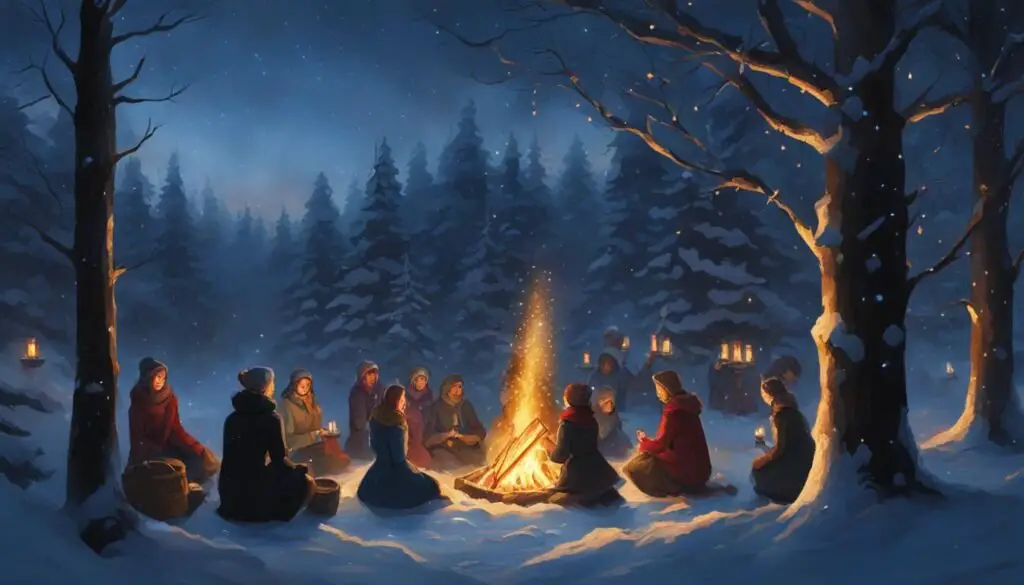
The Winter Solstice is a Celtic festival that celebrates the return of light after the longest night of the year. Occurring on December 21st or 22nd in the Northern hemisphere and June 21st or 22nd in the Southern hemisphere, this festival marks an important transition in the natural cycle.
During the Winter Solstice, the triumph of light over darkness is symbolized through various rituals and traditions. One of the most common practices is the lighting of candles or bonfires, representing the warmth and illumination that comes with the lengthening of days.
This festival holds deep cultural significance and is a time for renewal and hope. It allows communities to gather with loved ones, reflect on the past year, and look forward to the future. It is a time to appreciate the beauty of the winter season and the strength of the human spirit in the face of darkness.
The Importance of Celtic Festivals in Agricultural Traditions
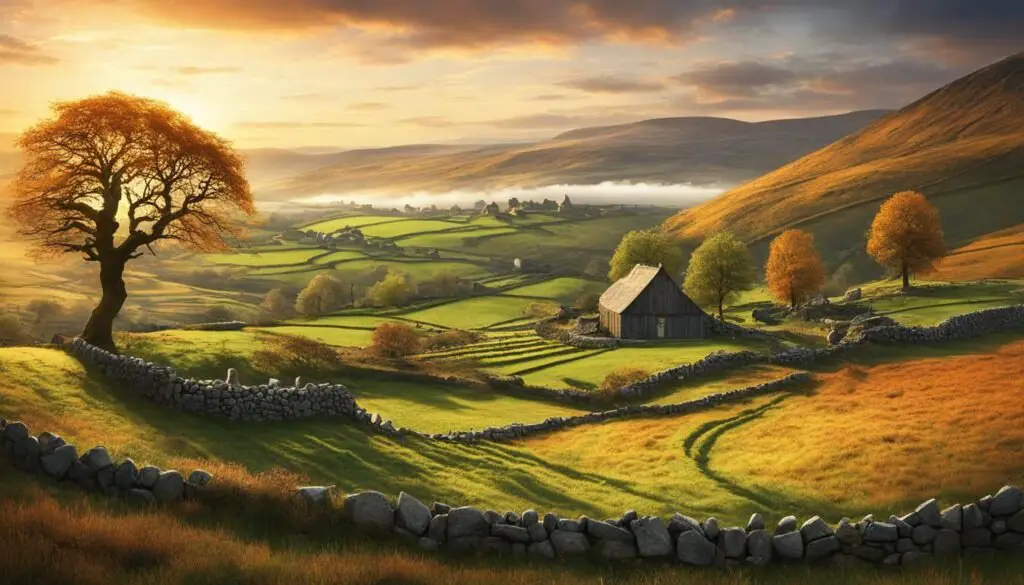
Celtic festivals held immense importance in the agricultural traditions of the Celts. These festivals marked key seasonal events and played a vital role in honoring the cycles of nature and celebrating the abundance of the land. They were closely connected to the agricultural calendar, serving as a way to express gratitude for the bountiful harvest that sustained communities throughout the year.
The Celtic festivals included a variety of rituals, ceremonies, and festivities that highlighted the significance of the land and the interconnectedness of all living beings with the natural world. These celebrations emphasized the hard work of farmers and paid homage to the life-giving properties of the Earth.
During these festivals, communities gathered to express their appreciation for the agricultural traditions that ensured their survival. The rituals performed during these seasonal events reinforced the belief in the cyclical nature of life and the renewal of the Earth’s resources.
By celebrating the changing of the seasons and giving thanks for a successful harvest, Celtic festivals helped to strengthen the bond between humans and the land. They served as a reminder of the importance of sustainable agricultural practices and the vital role that agriculture played in sustaining communities.
The Cultural Significance of Celtic Festivals in Agricultural Traditions
At the heart of Celtic festivals was the belief that humans were an integral part of the natural world and that the success of the harvest was intertwined with the respect and care given to the land. These festivals celebrated the interconnectedness of all living beings and the delicate balance required to maintain a harmonious relationship with the Earth.
The agricultural traditions honored during Celtic festivals served as a reminder that food was a gift from the Earth and the result of both human effort and divine providence. These celebrations emphasized the cultural significance of sustainable farming practices and reinforced the importance of living in harmony with nature.
Furthermore, Celtic festivals provided a sense of community and cultural identity. They brought people together to share in the joy of the harvest and to honor the hard work of farmers. These festive gatherings fostered a spirit of unity and camaraderie, enhancing the sense of belonging and interconnectedness among community members.
Overall, Celtic festivals held immense cultural significance as they celebrated not only the agricultural traditions of the Celts but also their deep connection to the land and the cycles of nature. These festivals played a crucial role in reinforcing sustainable practices, fostering community spirit, and cultivating a profound appreciation for the abundant blessings provided by the Earth.
The Cultural Significance of Celtic Festivals
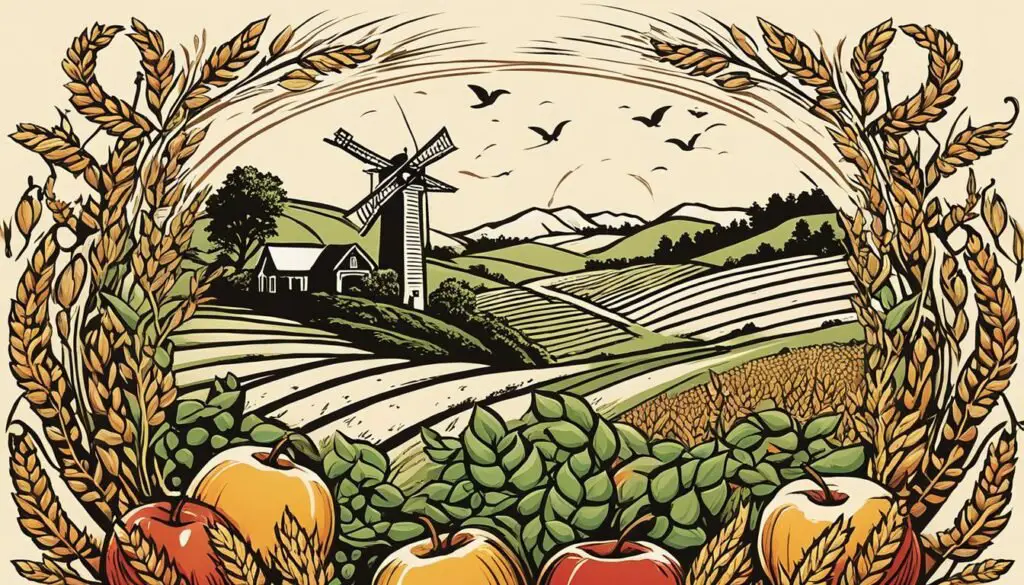
Celtic festivals hold a rich cultural significance as they connect people to their Celtic roots, ancient traditions, and the cycles of nature. These festivals serve as a reminder of the deep connection between humans and the natural world.
They celebrate the changing seasons, the cycles of life and death, and the importance of community and shared festivities. Celtic festivals provide an opportunity for individuals to connect with their heritage, embrace their cultural identity, and participate in ancient traditions that have been passed down through generations.
These festivals foster a sense of belonging, unity, and reverence for the natural world. They bring communities together to honor and appreciate the beauty and abundance of nature, creating a sense of harmony and balance.
Through rituals, music, dance, and storytelling, Celtic festivals create a space for reflection, celebration, and a deeper connection to the natural world. They allow individuals to escape the busyness of modern life and immerse themselves in the traditions and customs that have shaped Celtic culture for centuries.
By participating in Celtic festivals, individuals not only celebrate their own heritage but also contribute to the preservation and continuation of cultural traditions. These festivals are a valuable link to the past and a testament to the resilience and enduring spirit of Celtic culture.
In summary, Celtic festivals have a profound cultural significance that extends beyond mere celebration. They provide a unique opportunity to connect with the cycles of nature, honor ancestral traditions, embrace cultural identity, and foster a sense of unity and reverence for the natural world. By participating in these festivals, individuals contribute to the preservation of Celtic culture and ensure its continuation for future generations.
Conclusion
Celtic festivals have played a vital role in marking significant seasonal and agricultural events throughout history.
These festivals are deeply ingrained in Celtic culture and traditions, serving as a celebration of the cycles of nature, the changing seasons, and the hard work of farmers.
They provide a unique opportunity to connect with the natural world, honor ancestors, and foster a strong sense of community and cultural identity.
The cultural significance of Celtic festivals is enduring, as they continue to be celebrated and embraced by individuals who seek to maintain a connection to their heritage and the ancient traditions of the Celts.
As seasonal events, Celtic festivals serve as a reminder of the cyclical patterns of nature and the interdependence between humanity and the Earth. These festivals also bring people together, allowing them to gather and celebrate as a community, sharing in the joy of these age-old traditions.
By participating in Celtic festivals, individuals have the chance to experience the rich tapestry of Celtic culture, from the vibrant dances and music to the symbolic rituals and customs.
Celtic festivals not only provide a sense of belonging and unity but also offer a profound appreciation for the natural world and the importance of sustainable agricultural practices.
These festivals remind us of the deep connection between humans and the land, encouraging us to respect and preserve our environment for future generations.
FAQ
What are Celtic festivals?
Celtic festivals are seasonal and agricultural events that celebrate the changing seasons and cycles of nature according to Celtic traditions.
How many Celtic festivals are there?
There are eight major Celtic festivals: Imbolc, Beltane, Lughnasadh, Samhain, and the four equinoxes and solstices.
When is Imbolc celebrated?
Imbolc is typically celebrated on February 1st in the Northern hemisphere and August 1st in the Southern hemisphere.
What is the significance of Beltane?
Beltane marks the beginning of summer and is associated with fertility and abundance.
When is the Summer Solstice celebrated?
The Summer Solstice is typically celebrated on June 21st or 22nd in the Northern hemisphere and December 21st or 22nd in the Southern hemisphere.
What does Lughnasadh signify?
Lughnasadh marks the beginning of the harvest season and celebrates the god Lugh, associated with craftsmanship and agriculture.
When is the Autumnal Equinox celebrated?
The Autumnal Equinox is typically celebrated on September 21st or 22nd in the Northern hemisphere and March 20th or 21st in the Southern hemisphere.
What is the significance of Samhain?
Samhain marks the end of the harvest and is associated with honoring ancestors and the cycle of life and death.
When is the Winter Solstice celebrated?
The Winter Solstice is typically celebrated on December 21st or 22nd in the Northern hemisphere and June 21st or 22nd in the Southern hemisphere.
What is the importance of Celtic festivals in agricultural traditions?
Celtic festivals are closely tied to the agricultural calendar and serve as a way to honor the cycles of nature and give thanks for the abundance of the land.
What is the cultural significance of Celtic festivals?
Celtic festivals connect people to their Celtic roots, ancient traditions, and the cycles of nature, fostering a sense of community, cultural identity, and reverence for the natural world.


